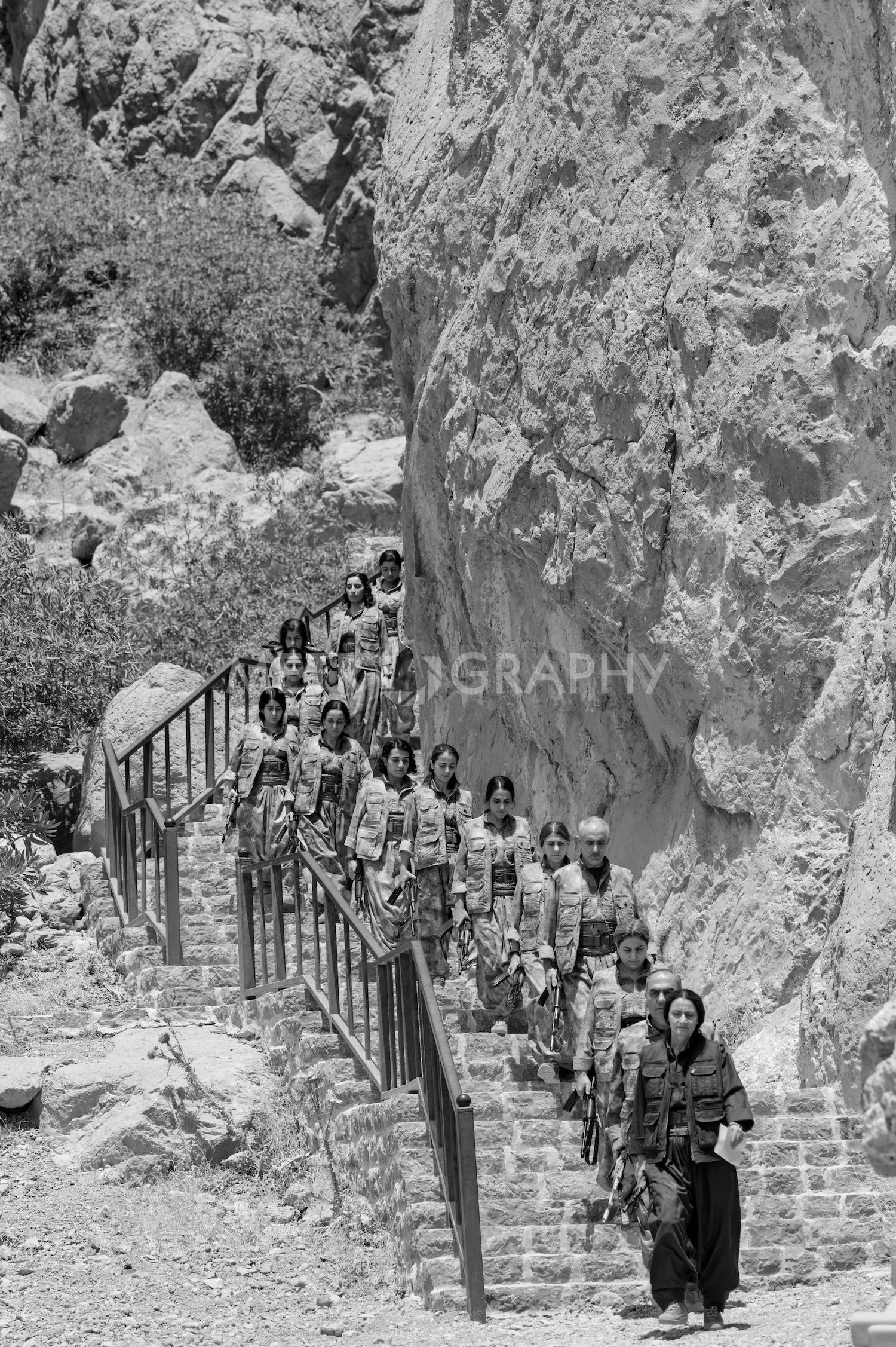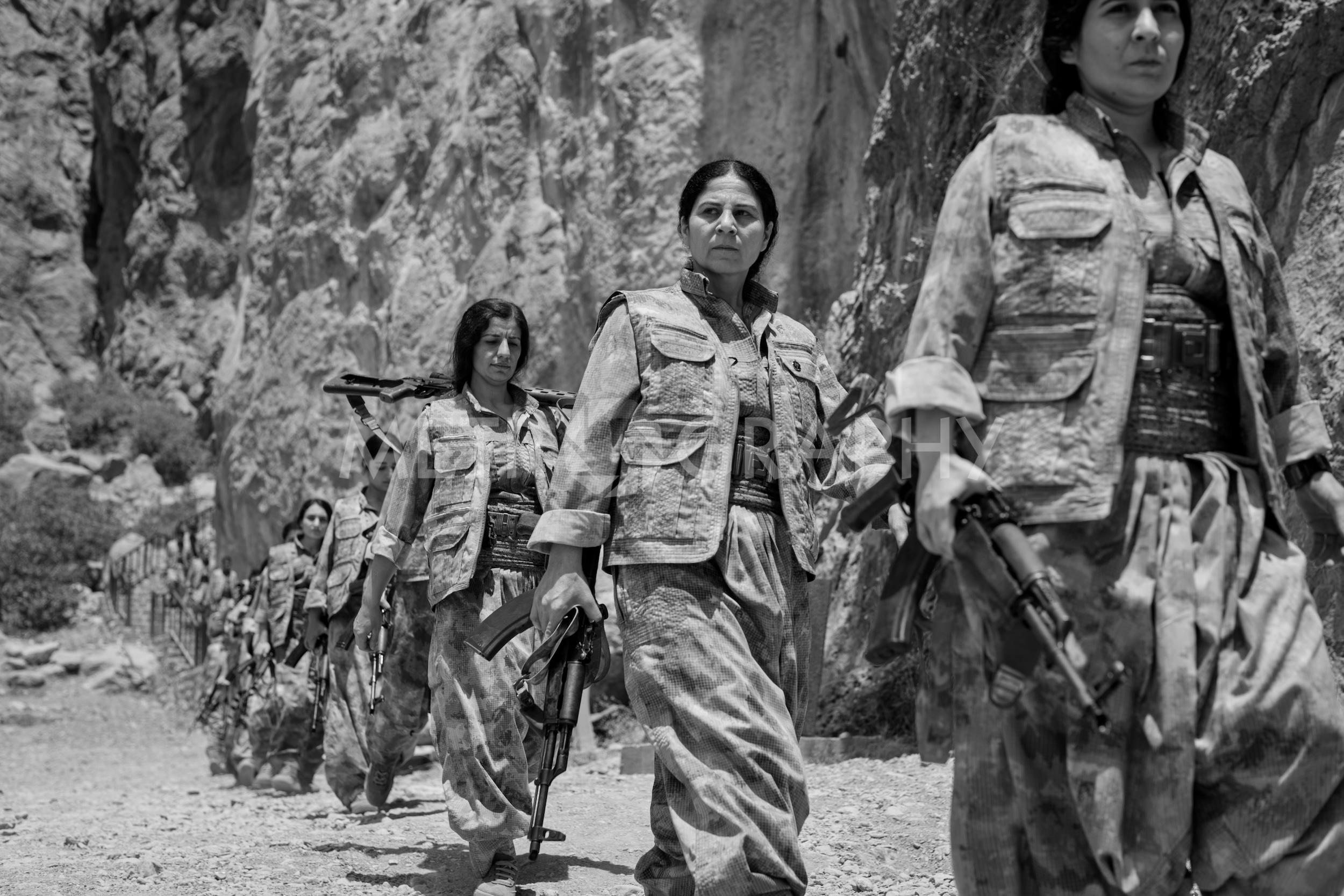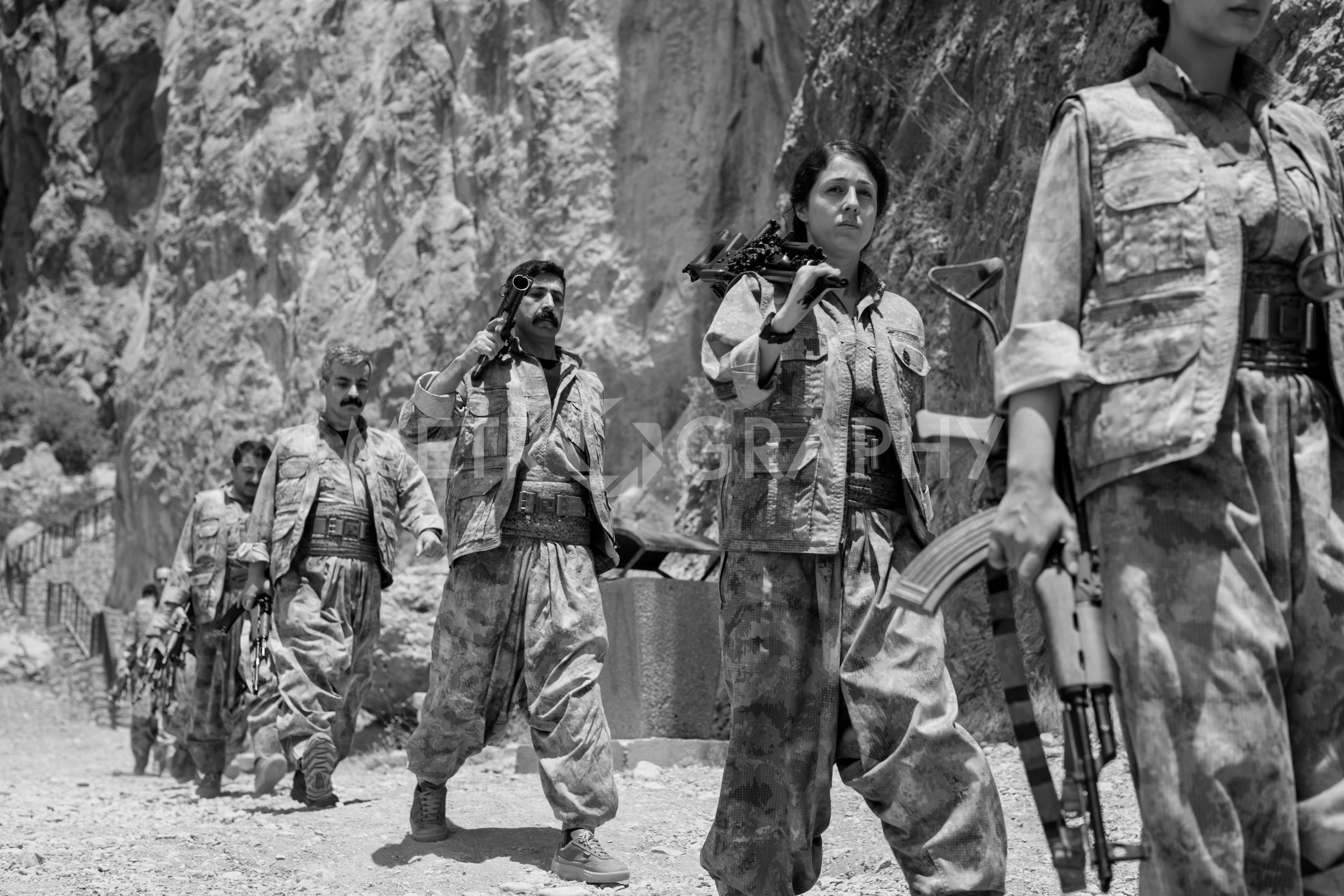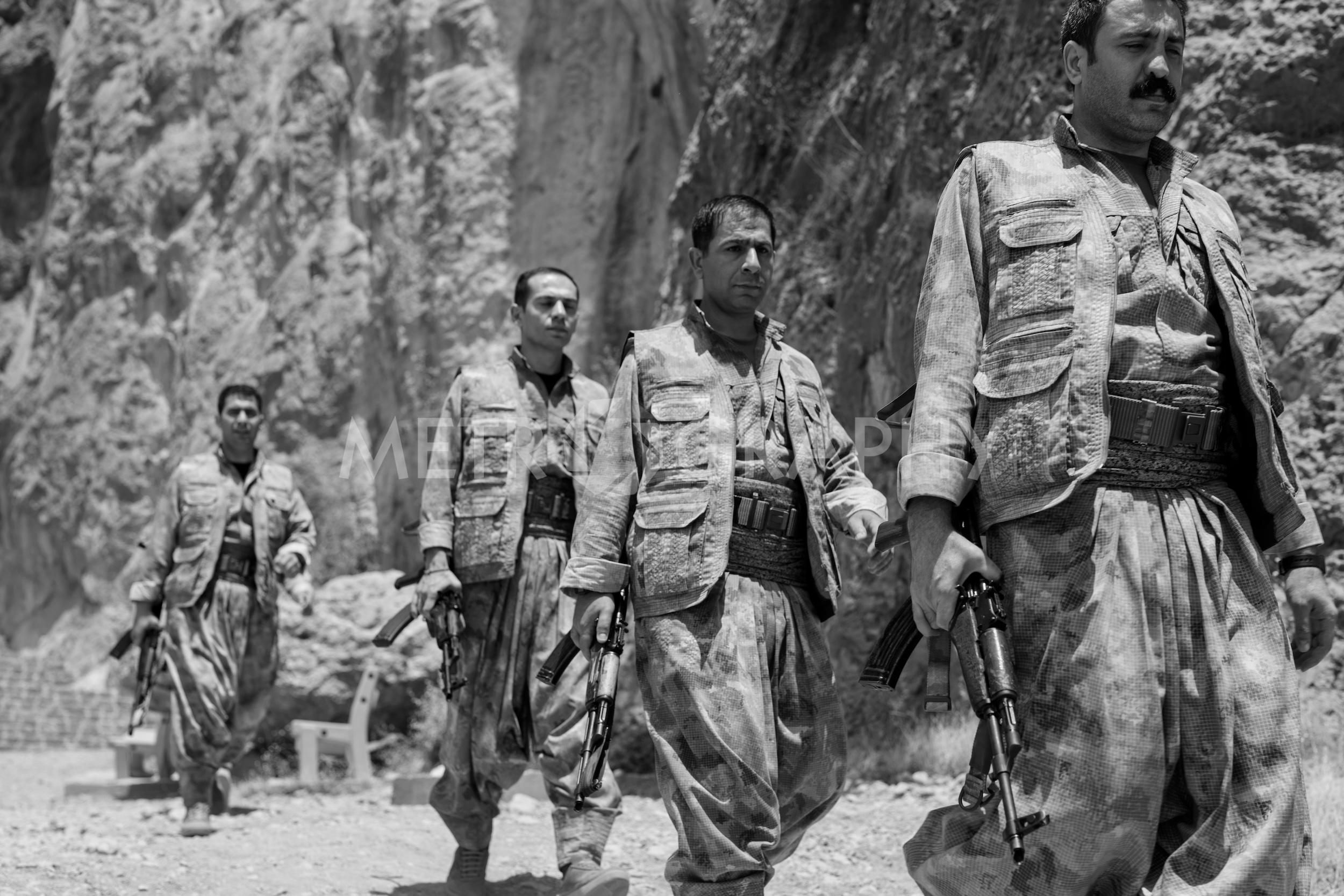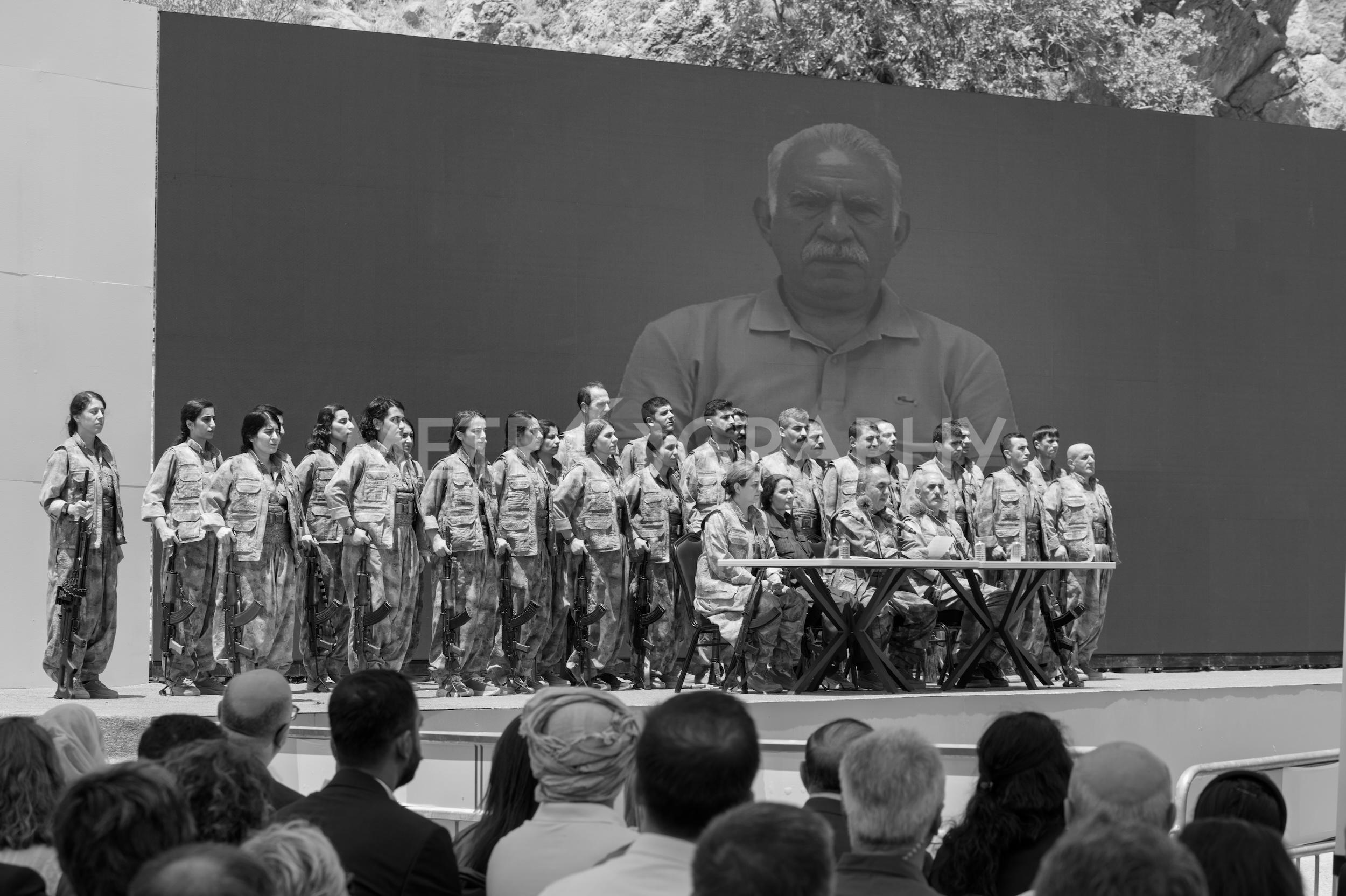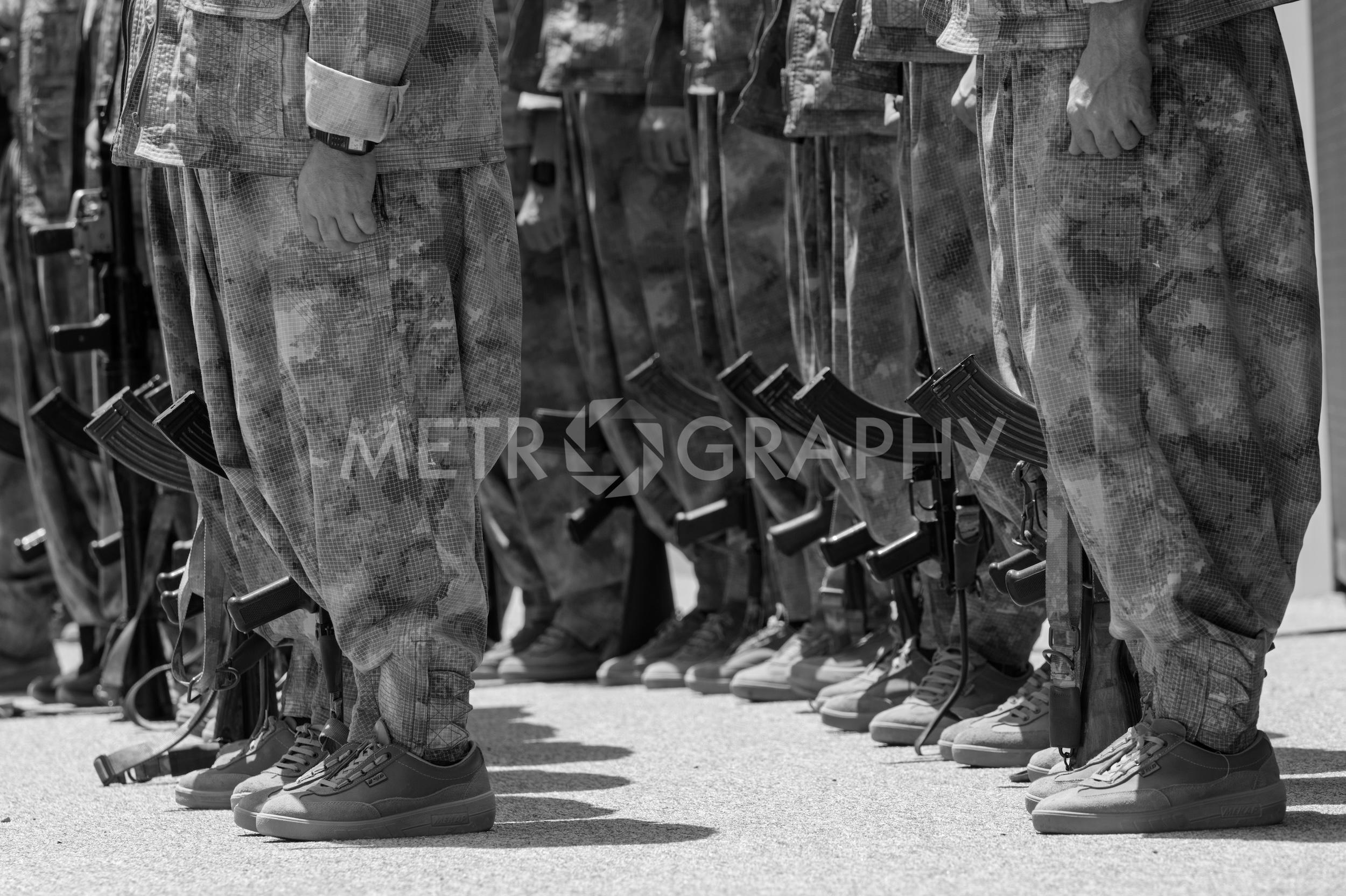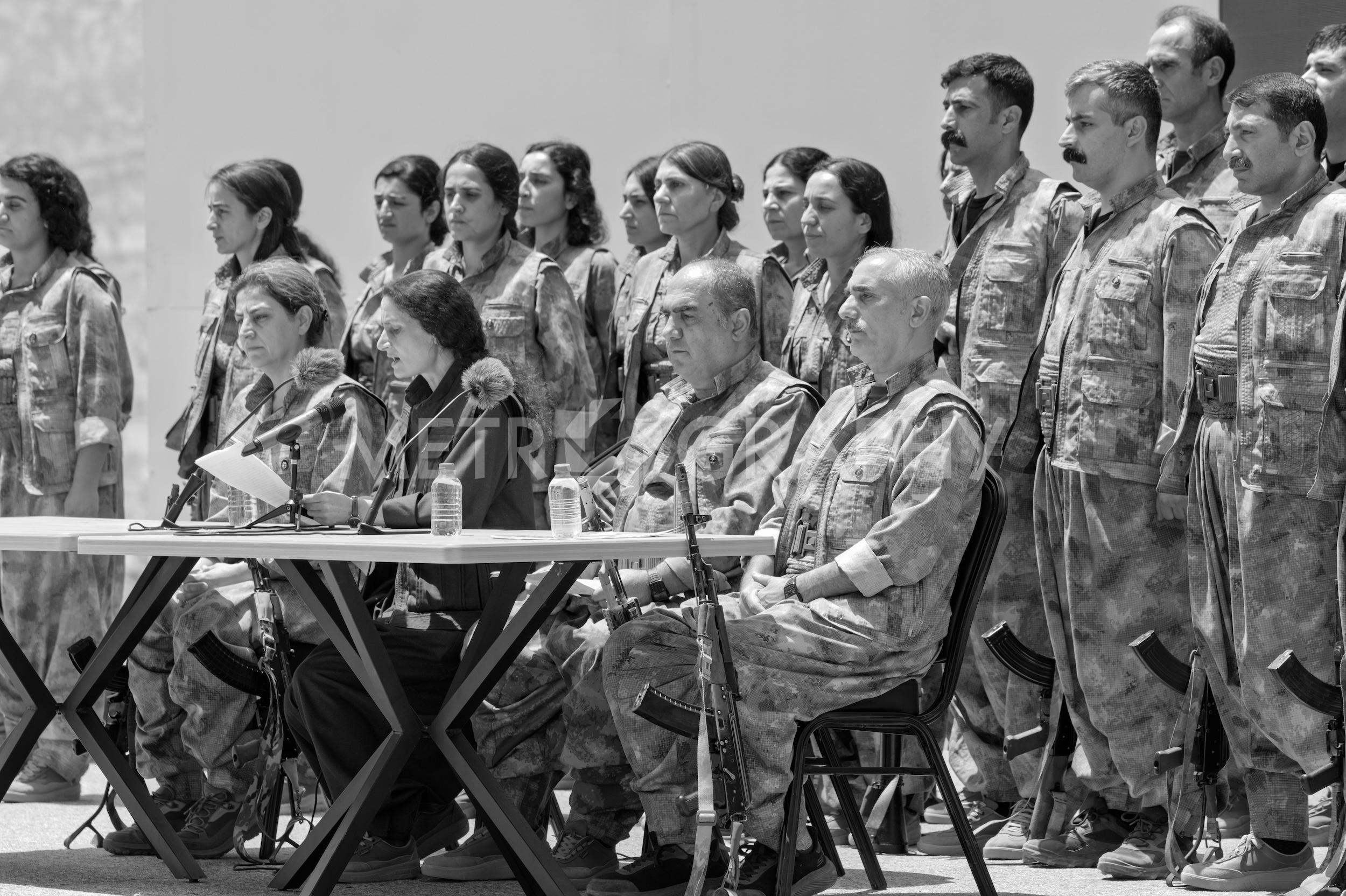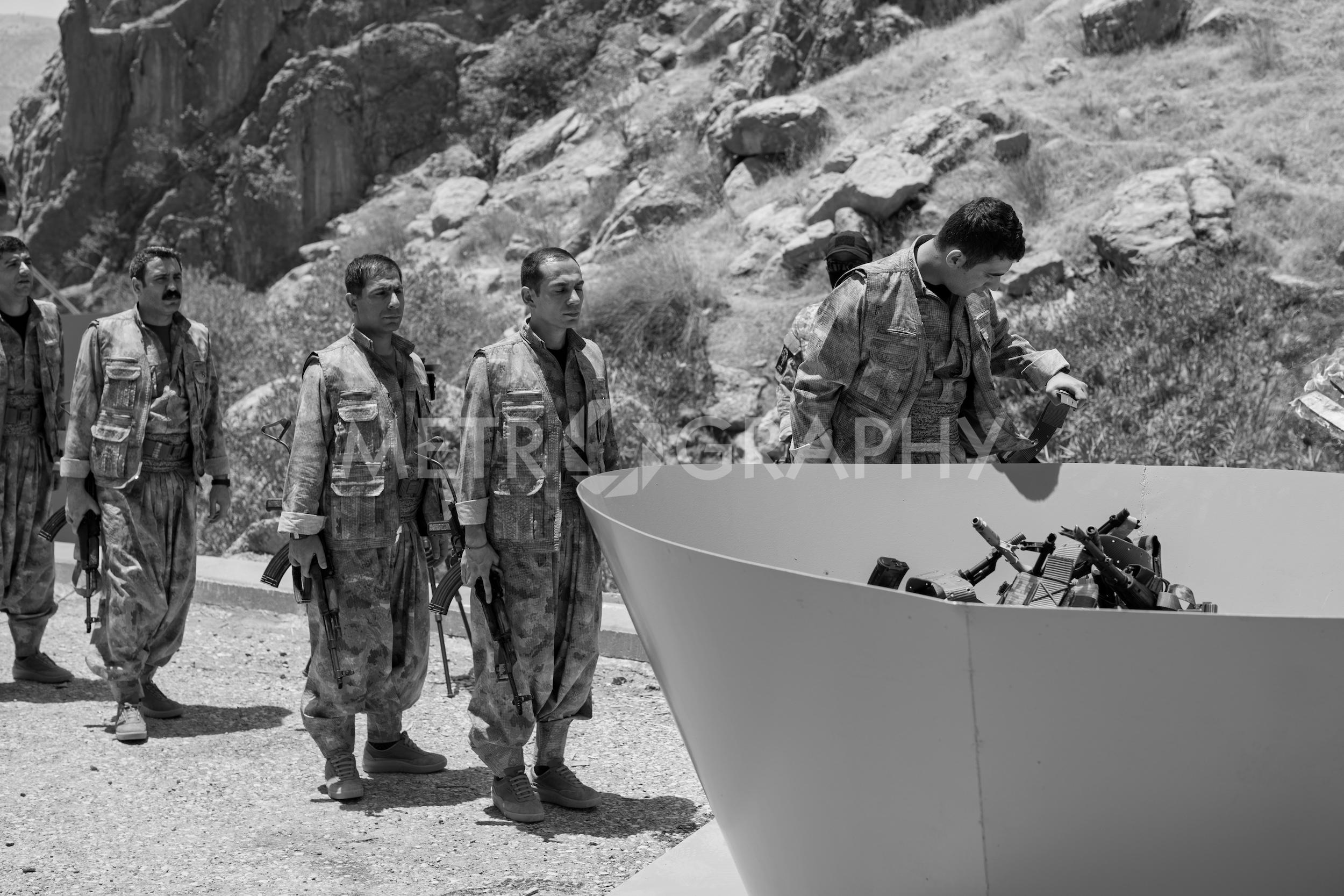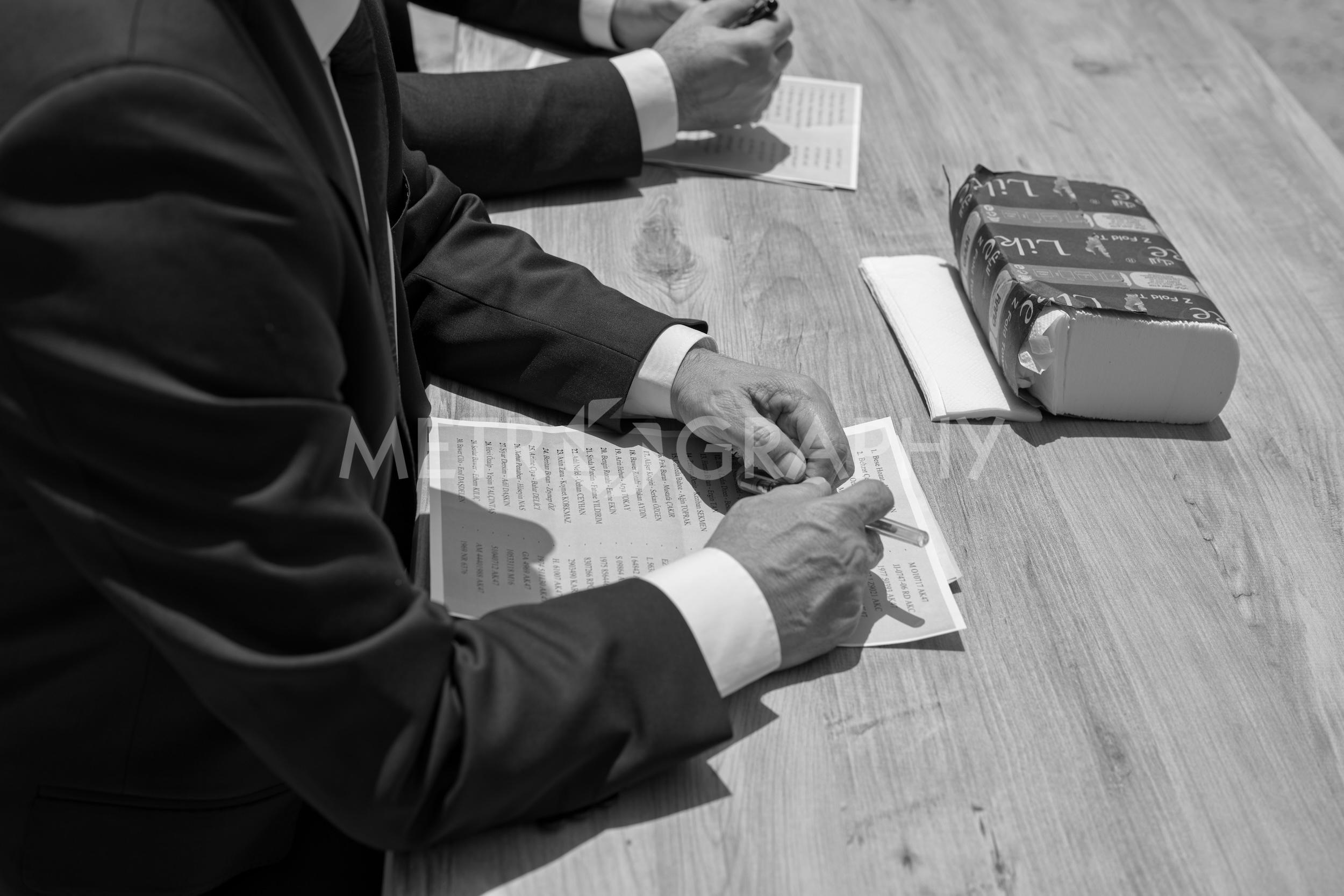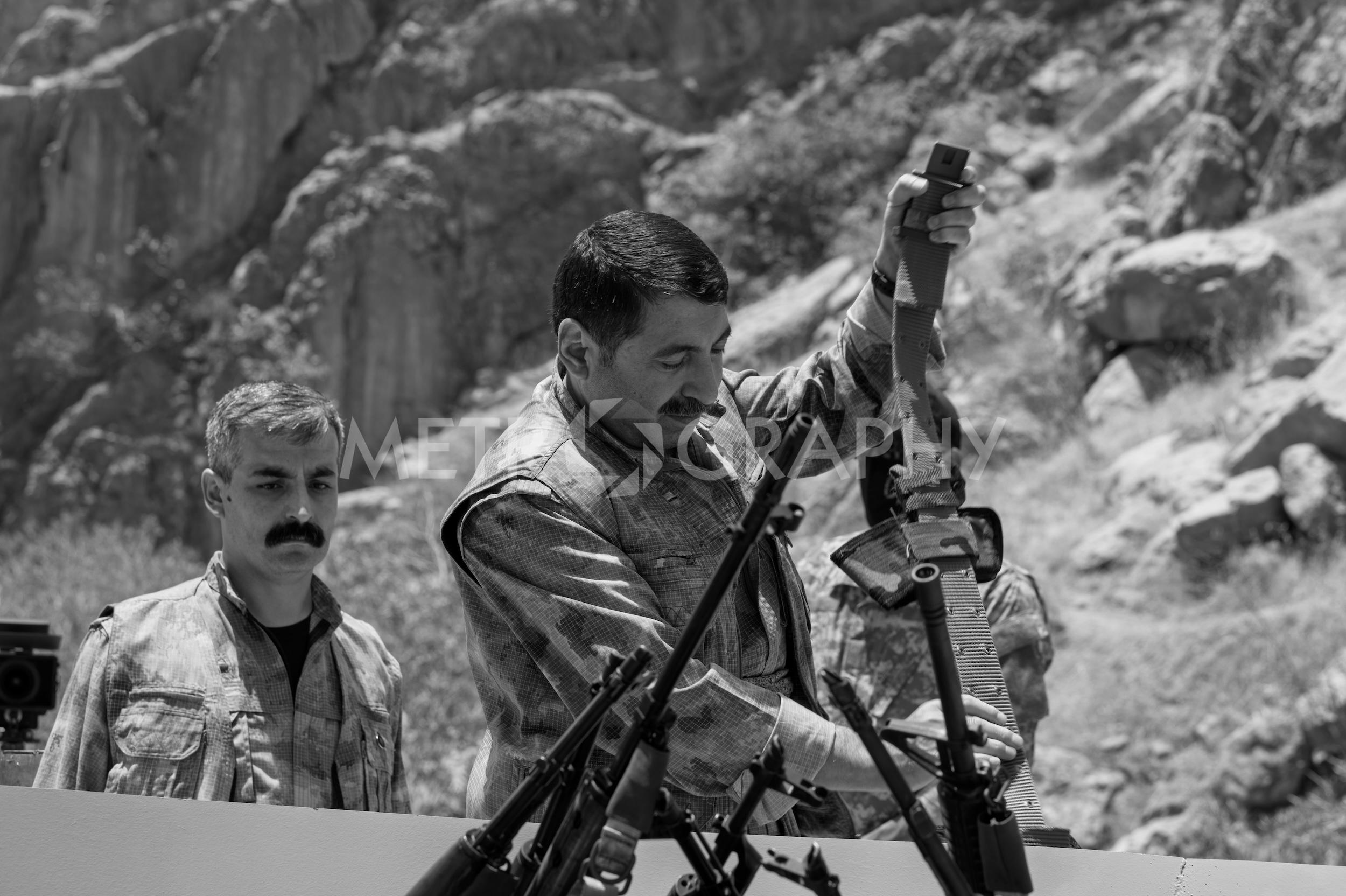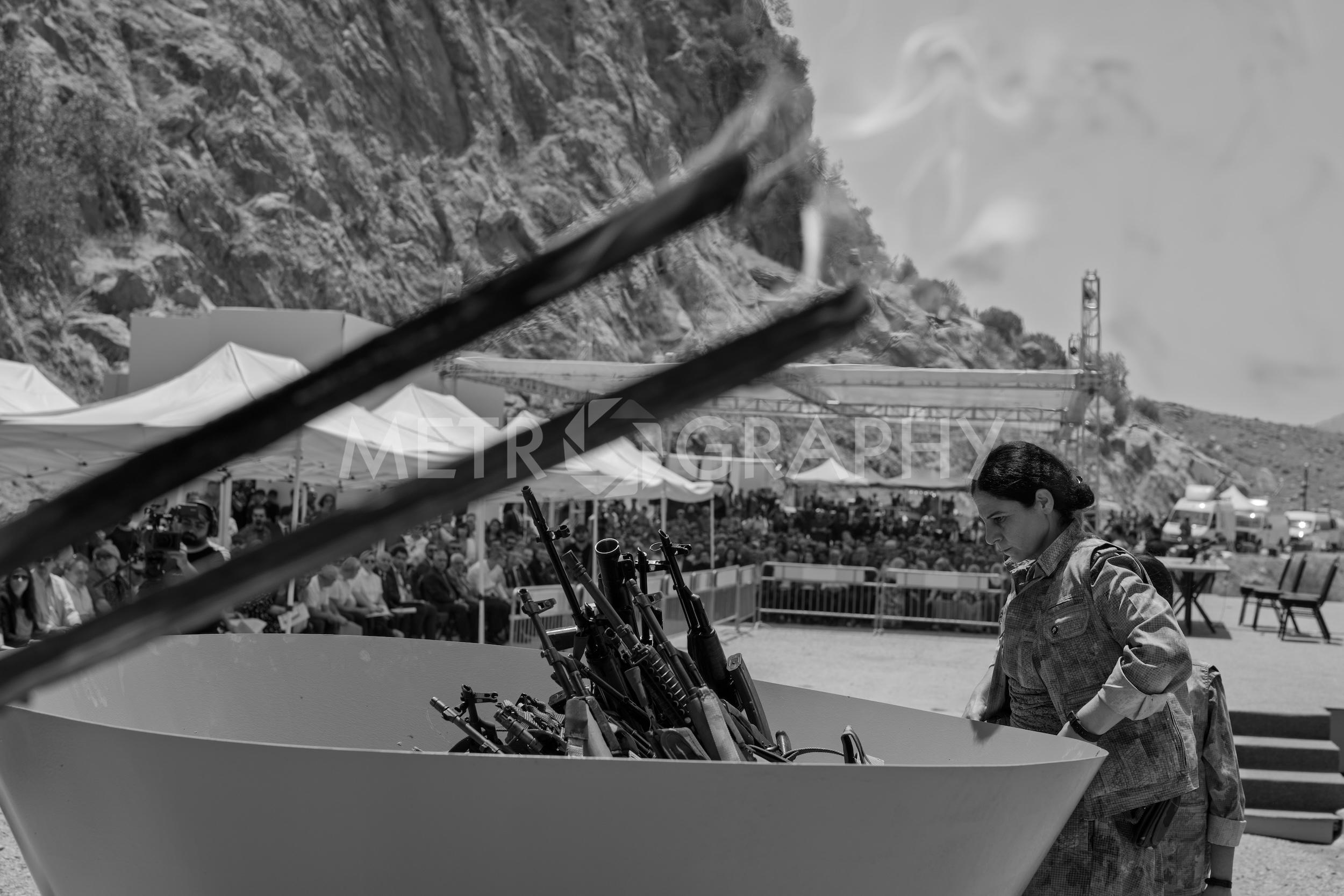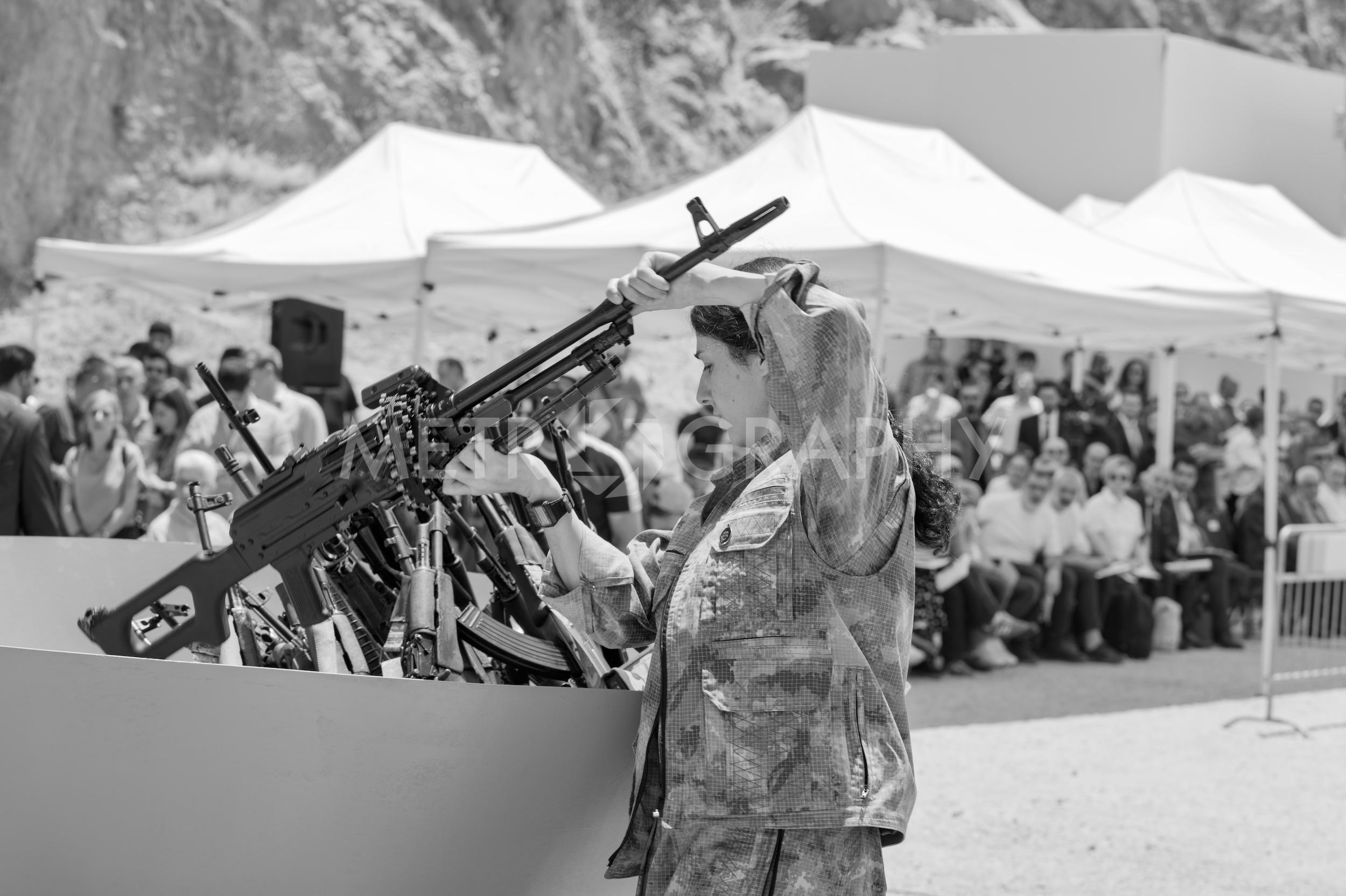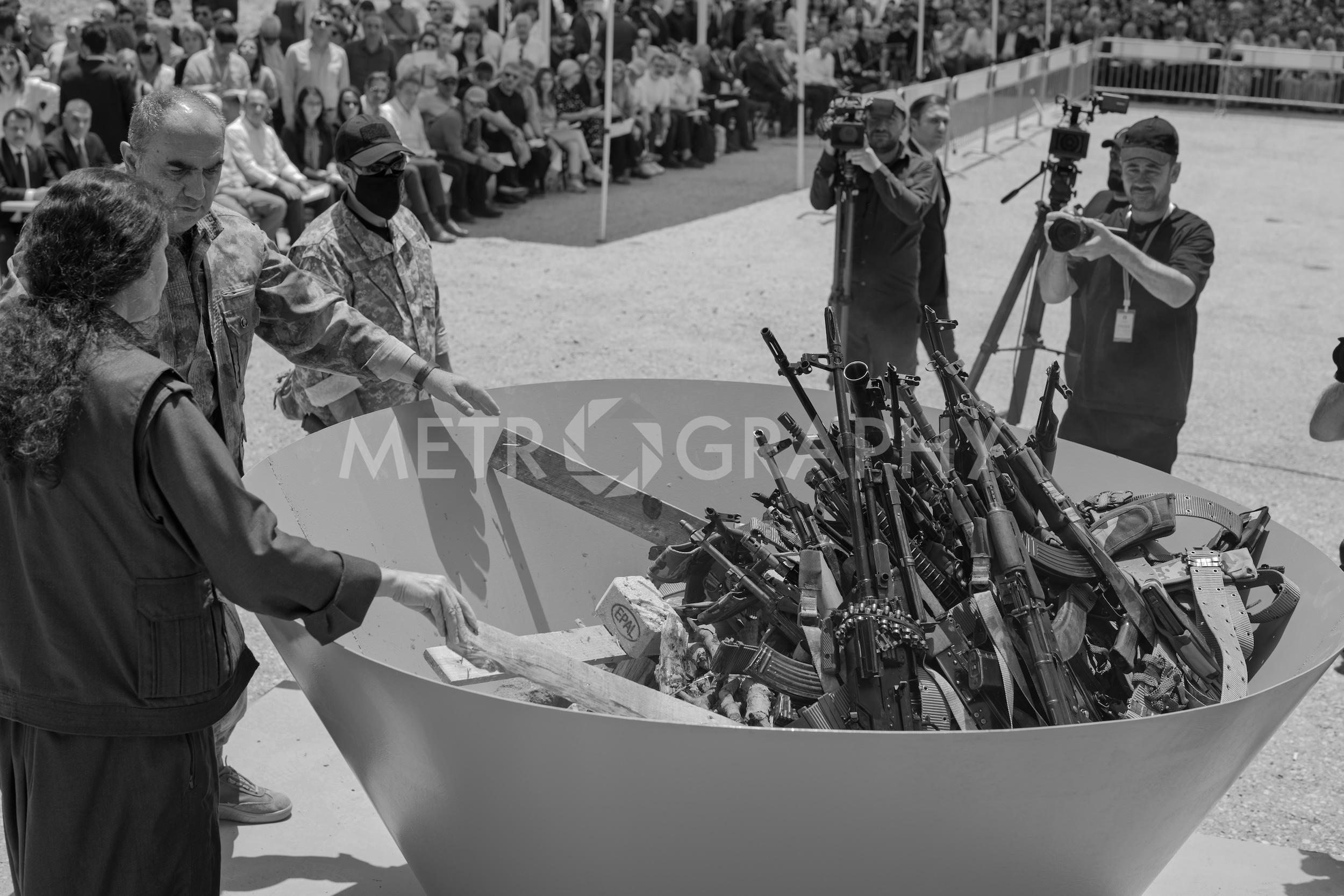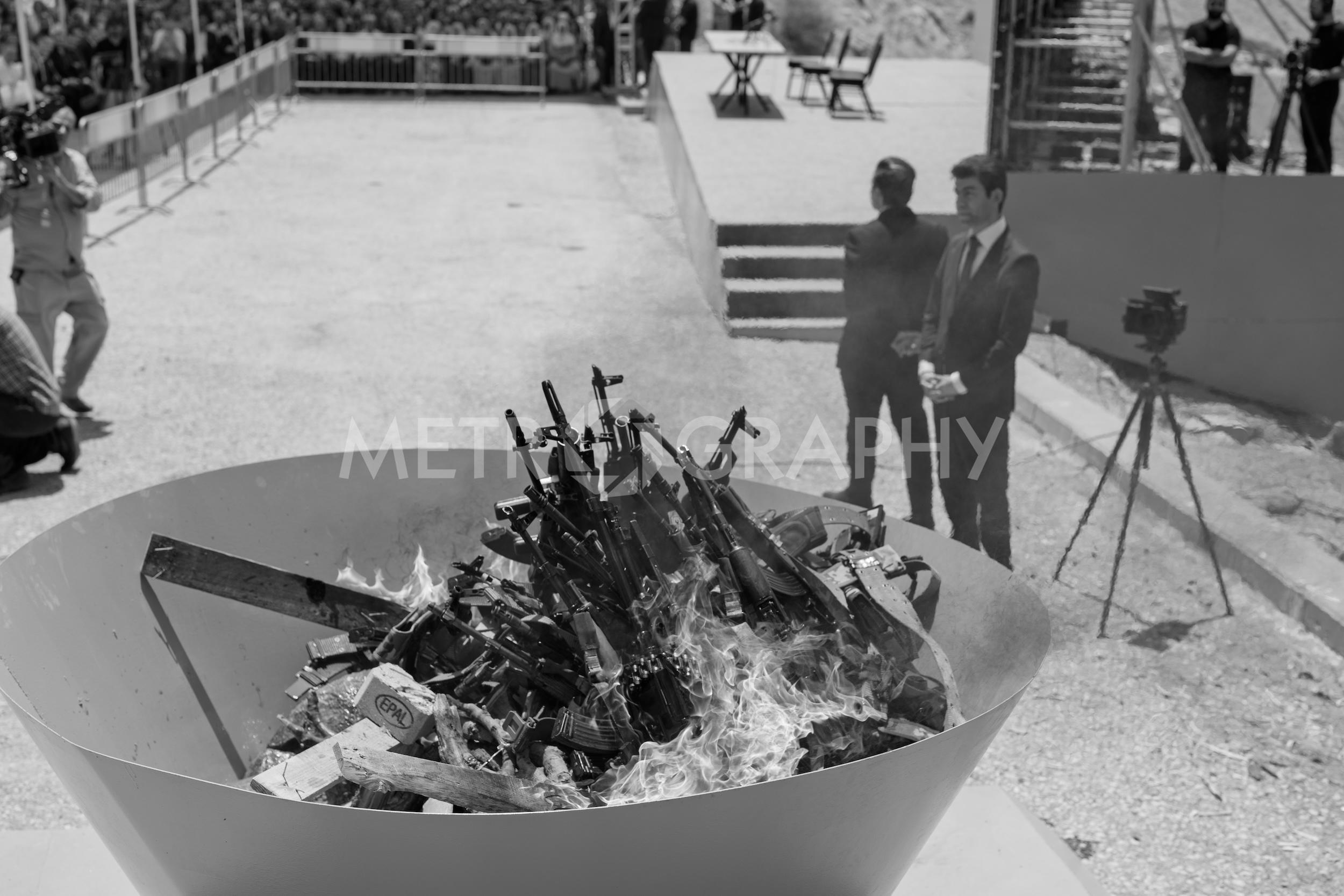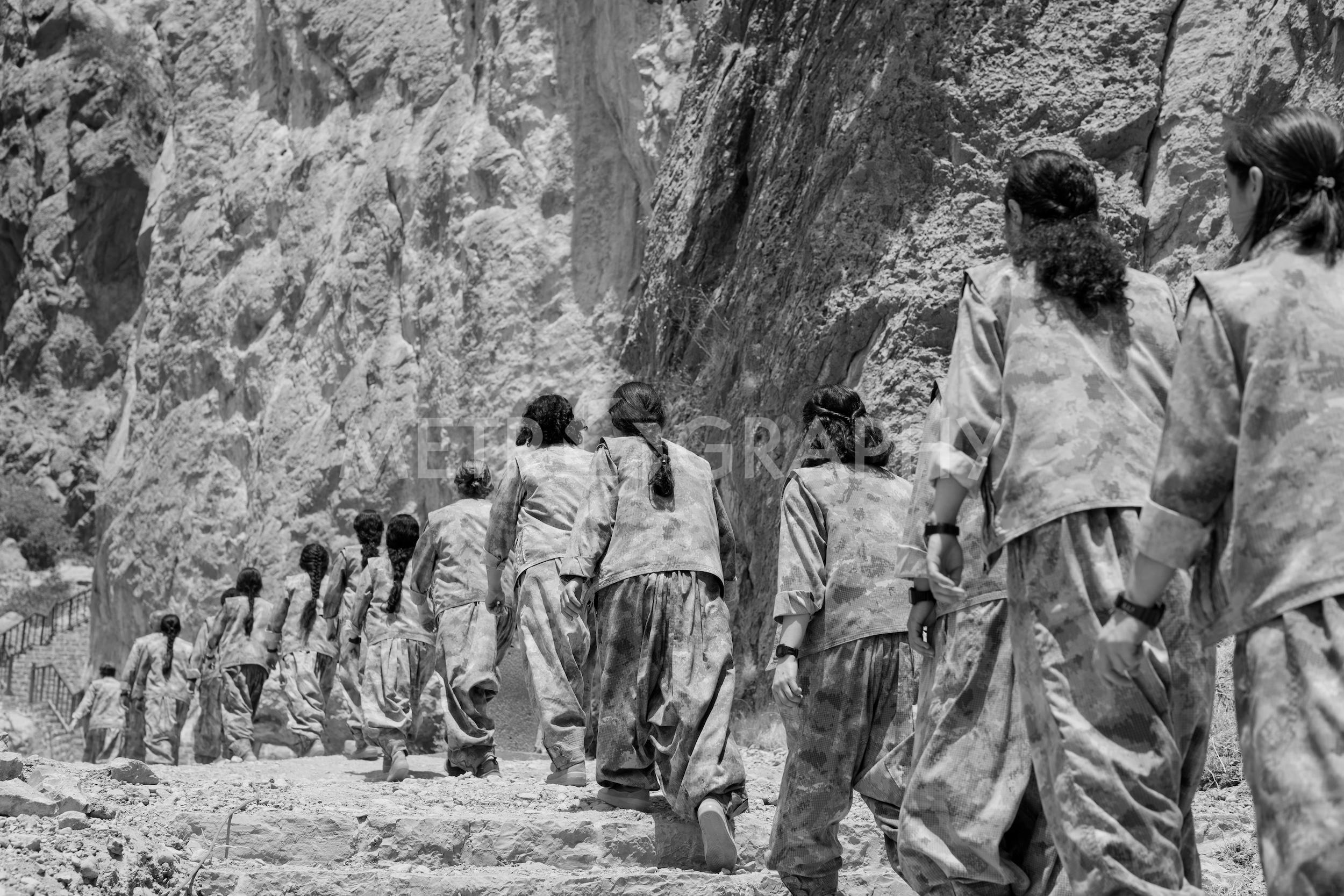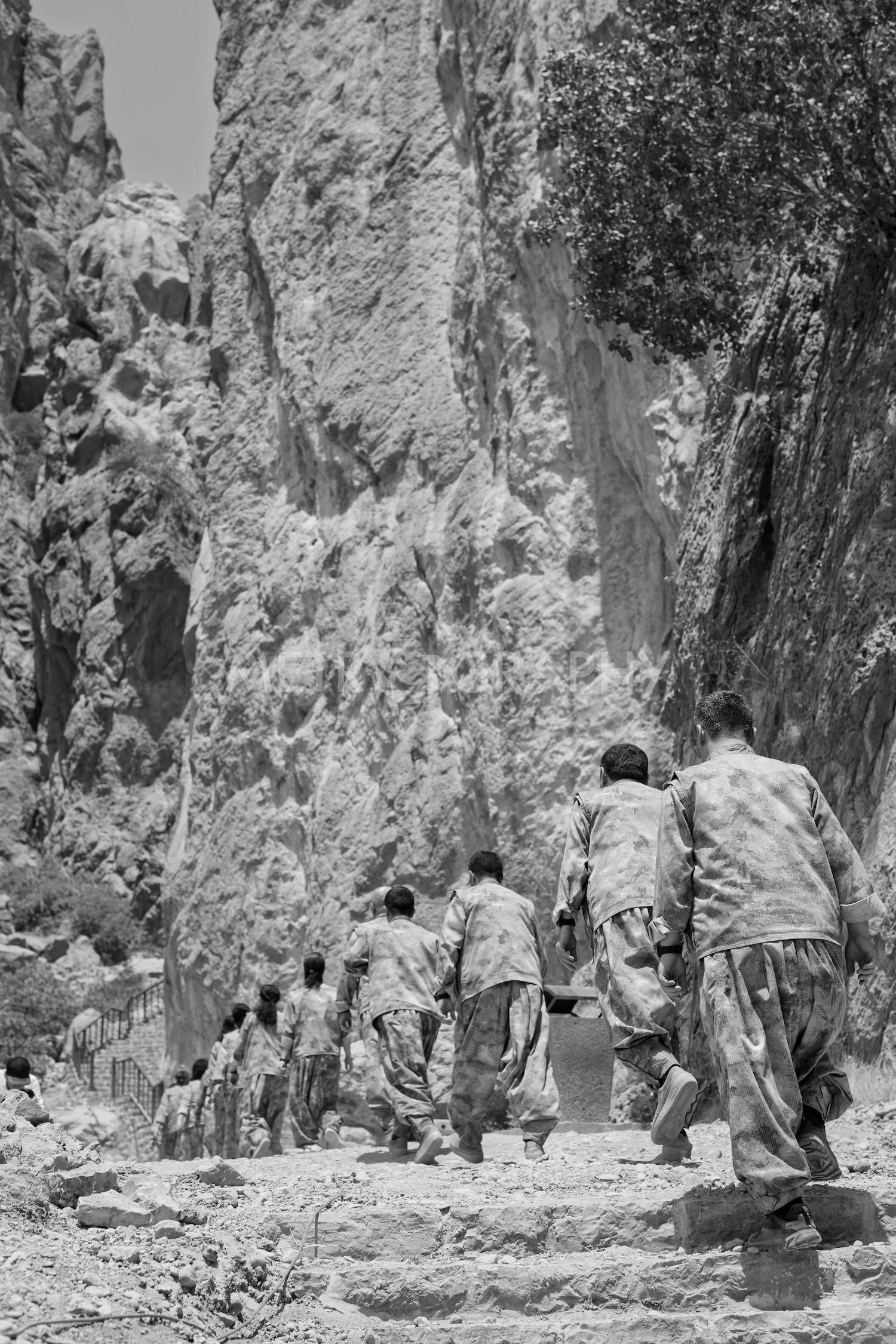At 11 a.m. on July 11th, 2025, thirty PKK fighters gathered in the remote valley of Jasana, located 57 kilometers southeast of Sulaymaniyah, to ceremonially lay down and destroy their light weapons in front of a diverse group of observers. The event, held in a location steeped in Kurdish resistance and media history, marks a symbolic gesture of disarmament—and perhaps the beginning of a new political era.
Jasana is more than a guerrilla stronghold. Nearly a century ago, its rugged cave hosted the بانگی( printing of Bangî Heq 28 the first Kurdish revolutionary newspaper, published on—) حەق March 1923 by followers of Sheikh Mahmoud Barzanji. That act of defiance and cultural expression, born in secrecy inside a mountain, mirrors today’s attempt to shift struggle from the battlefield to the political stage.
This morning’s event follows a formal announcement by the PKK in May 2025 to dissolve the organization and abandon armed conflict. The move was spurred by a February appeal from jailed PKK leader Abdullah Öcalan, who urged a pivot toward democratic political engagement. On 9 July, Öcalan issued a renewed video statement, calling on remaining fighters to publicly disarm.
Today’s disarmament was symbolic, not institutional. Weapons were destroyed on-site rather than handed over to government forces—signaling a step toward peace without requiring direct coordination with the state. Observers included representatives from the Turkish government, political parties from Turkey, local political parties from the Kurdistan Region of Iraq, civil society organizations, as well as local and international journalists.
Whether today’s act will translate into lasting political progress remains uncertain. But in Jasana—where pens and papers once declared a Kurdish future from the shadows of history—fighters now lay down weapons in the open. The symbolism runs deep, and the gesture, however fragile, marks a turning point.

